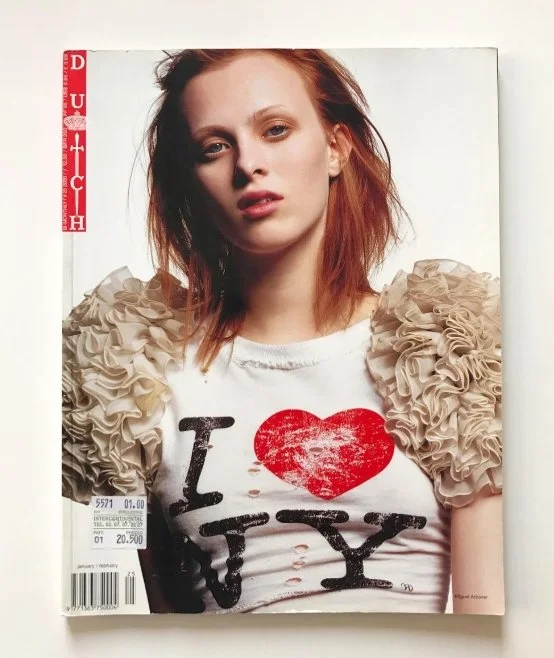Miguel Adrover's Uncompromising Vision
In an industry often obsessed with the new, the next, and the now, the name Miguel Adrover exists as a resonant echo, a reminder of fashion’s potential for radical poetry and political provocation. From the almond farms of Mallorca to the penthouse apartments of New York, and back again, his journey is a quintessential tale of a visionary who was both celebrated and sacrificed for his uncompromising vision.
The Self-Taught Sorcerer
Born in 1965 in Mallorca, Adrover’s education was not found in a classroom; he dropped out of school at age 12 to work on the family farm. His real creative awakening happened in the gritty, electrifying crucible of London’s 1980s art scene. Immersed in a world of Leigh Bowery, Bodymap, and Michael Clark, he also forged a deep and mysterious friendship with a young Alexander McQueen, assisting him on early shows and pieces. This formative period instilled in him a belief in fashion as theatre, rebellion, and art.
The Darling of New York
Arriving in New York in the early 90s, Adrover quickly became the city's newest muse. His official debut in 1999 was a sensation. His collections were a masterful fusion of historical elements and cross-cultural eclecticism, drawing from Muslim veiling, Victorian prudery, and the raw energy of NYC streets. His most iconic piece, a deconstructed "I LOVE NY" t-shirt grafted onto an exaggerated 1980s pouf sleeve, was a witty, ironic symbol of the city's clashing social hierarchies. It was this genius for subverting pedestrian symbols that made him an instant darling of the press, culminating in him winning the inaugural Perry Ellis Award for Best New Designer of the Year in 2000.
The Rejection of Elitism
At a time when luxury brands were accelerating towards mass commercialization, Adrover stood apart. His work was a direct critique of fashion elitism and increasing commercialization. He demonstrated that true innovation came not from logos or expensive fabrics, but from subverting expectations and repurposing the familiar. He was drawn to clothing with a history, stating, “I am attracted not by brand new stuff, but by things that have already been owned and lived in.”
The Unraveling
His critical success attracted the investment firm Pegasus, but the ascent was short-lived. The catalyst for his downfall was a pair of Middle East-inspired collections shown in February and, fatefully, on September 9, 2001. With their elongated lines and sombre vibrancy, they were a profound homage to cultural wandering. Yet, in the aftermath of 9/11, they were brutally re-contextualized. The freedom of expression he championed “crashed brutally into the rigidities and moralism of a shocked and newly ‘patriotic’ American culture.” Investment vanished. He was blacklisted, becoming a “one-time messiah, part-time pariah.” As he wryly told The Washington Post, “After 9/11, I was feeling like I was not wanted here... [People said] the only buyer we’d have is bin Laden.”
After fading from the spotlight, he re-emerged in 2012 with "Out of my Mind," a collection entirely made from repurposed items from his own archive—ahead of the current curve on circularity. Soon after, he left fashion altogether, returning to Mallorca to focus on art and photography.
Yet, his principles remain unchanged. In a recent powerful act of conviction, Adrover publicly refused to collaborate with pop star Rosalía because she had not publicly supported Palestine. His team’s email was frank: “Miguel doesn't work with any artist who doesn't publicly support Palestine.” The statement forced a public response from the artist a day later, proving that even in exile, Adrover’s actions compel the world to confront its moral choices.
Miguel Adrover’s story is more than a cautionary tale; it’s a testament to an artist who refused to bend. His work remains a poignant archive of what fashion loses when commerce overwhelms courage, and his life serves as a powerful reminder that for some, creative and political integrity will always outweigh the price of fame.
Miguel’s Instagram




